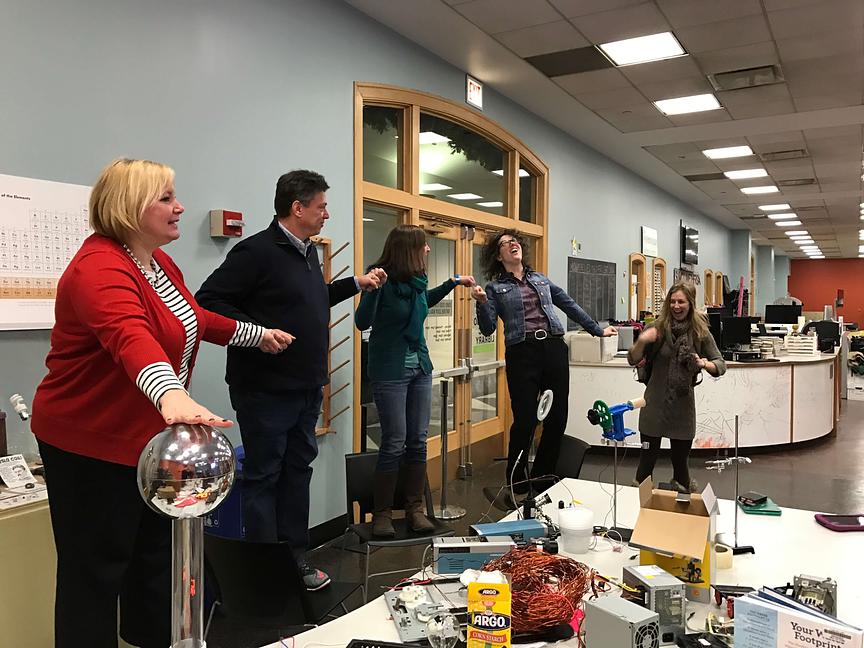Fluency is a process of deep inquiry, case-making, and advocacy. Guided by shared values, Fluency explores how technology and data can serve as tools to enhance the voices of teachers and students.
Co-powering teachers and students to be “fluent” means they can gather information, reconcile it with their personal experience, and influence public discourse. These are critical skills for both students and educators to actively participate in decoding and shaping their current context, and perhaps most significantly, constructing a connected and empathic future.
Using a cohort model, the CREATE Lab at Carnegie Mellon University collaborates alongside PreK - 12 educators and schools of education to design frameworks and experiences that focus on educator practice. Supporting educators in their own identities as teachers, learners, and designers, allows educators to critique and enhance their instructional design. Technology is an unavoidable component of students' lives, and Fluency provides educators with strategies for integrating technology in meaningful ways that support student learning and building student agency.


.jpg)
